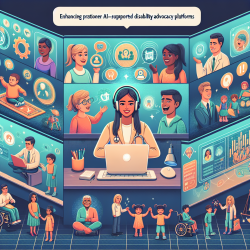Introduction
In the rapidly evolving landscape of healthcare, the integration of digital technologies has brought about significant advancements, but it has also introduced new challenges, particularly in the realm of cybersecurity. A recent study titled "For-profit versus non-profit cybersecurity posture: breach types and locations in healthcare organisations" sheds light on the different vulnerabilities faced by for-profit and non-profit healthcare organizations. This blog explores the study's findings and offers actionable insights for practitioners to enhance their cybersecurity measures.
Key Findings
The study conducted a quantitative analysis of data breaches reported between 2020 and 2022, focusing on the differences between for-profit and non-profit healthcare organizations. The results revealed distinct patterns in breach types and locations:
- For-profit organizations experienced a higher incidence of breaches due to theft, particularly involving laptops and paper/films.
- Non-profit organizations were more susceptible to breaches from unauthorized access/disclosure.
- Both types of organizations faced similar threats from hacking/IT incidents, improper disposal, and loss.
Implications for Practitioners
Understanding these patterns is crucial for healthcare practitioners and cybersecurity managers. Here are some recommendations based on the study's findings:
- Enhance Physical Security: For-profit organizations should implement robust physical security measures to protect equipment and paper records, reducing the risk of theft.
- Strengthen Access Controls: Non-profit organizations need to focus on access control measures, such as multi-factor authentication and employee training on credential security, to prevent unauthorized access.
- Adopt Comprehensive Frameworks: Both types of organizations should consider adopting industry-standard cybersecurity frameworks like the HITRUST CSF or NIST CSF to bolster their overall security posture.
Encouraging Further Research
While the study provides valuable insights, it also highlights areas for further research. Practitioners are encouraged to explore additional factors that may influence data breach vulnerabilities, such as organizational hierarchy, budget allocations for cybersecurity, and state-specific regulations. Understanding these nuances can lead to more targeted and effective security strategies.
Conclusion
The findings from this study underscore the importance of tailored cybersecurity strategies for different types of healthcare organizations. By implementing the recommended measures, practitioners can significantly enhance their organization's resilience against data breaches, ultimately safeguarding patient information and maintaining trust.
To read the original research paper, please follow this link: For-profit versus non-profit cybersecurity posture: breach types and locations in healthcare organisations.










